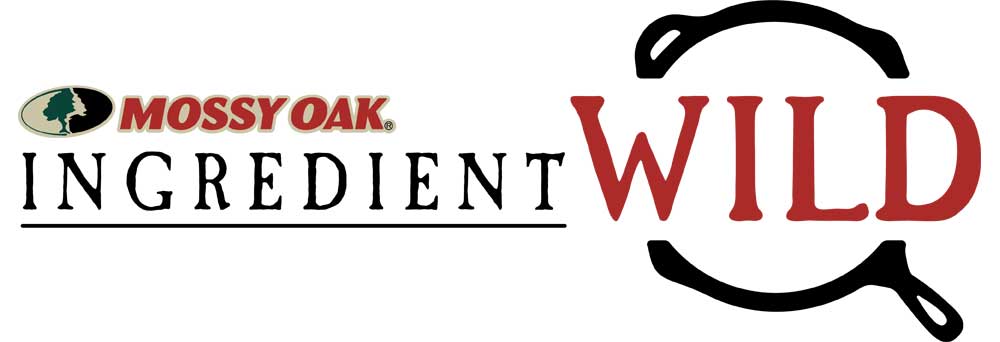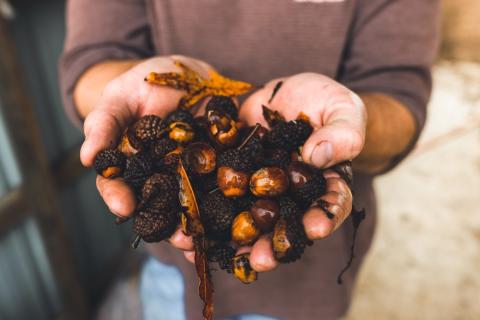Beka Garris
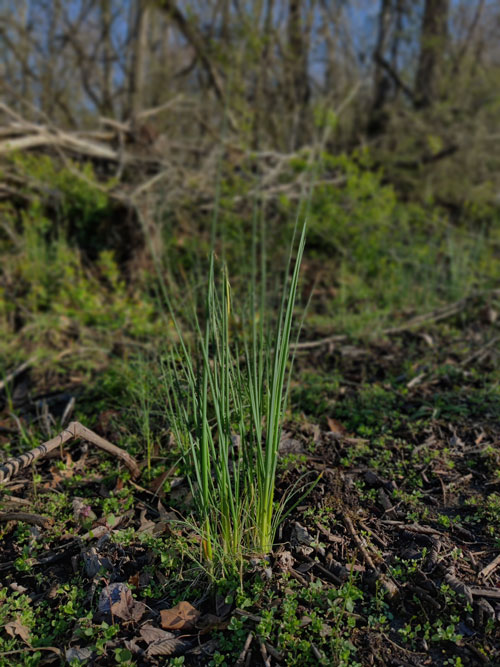
This time of year, most people are anxious to get out and mow their yard for the first time, ready to eliminate all the grass-like green tufts that grow haphazardly through the grass. If you’re anything like my daughter and me, you’ll know that those ugly green tufts are something worth foraging for. We hold off on the herbicide so that we can enjoy the wild onions and wild garlic growing naturally in our yard.
Wild garlic and wild onions (commonly referred to as yard onions or wild onion grass) are somewhat of a nuisance when it comes to popping up in random places. They are one of the first green things to show up in early spring, and in some states, they are stubbornly growing throughout the dead of winter.
Wild onions and wild garlic look extremely similar, and are differentiated mainly by their stems. Wild garlic has a round hollow stem, while wild onions have a flat solid stem. Both are edible and can be identified easily by their pungent garlic or onion smell when picked. An easy rule of thumb: if it doesn’t smell like onion or garlic, don’t eat it. Daffodil shoots look very similar and are poisonous; however, they lack the smell of wild onions or garlic.
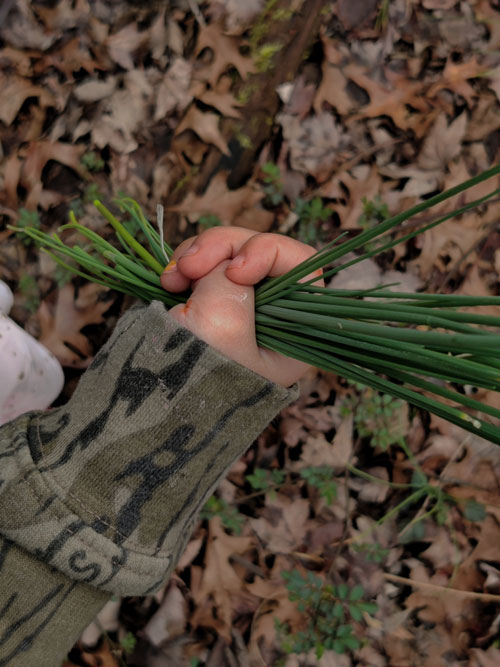
Nutritional Benefits of Wild Onion and Wild Garlic
100g of wild onions may have just 30 calories, but that 100 grams is packed with nutrients. It’s amazing that something that grows wild in your yard is full of lutein, Zeaxanthin, carotenes, riboflavin, folic acid, thiamin, flavonoid antioxidants and other vitamins and minerals.
You can spend a lot of money on products to improve your health. You can also add wild onions to your diet with little effort and enjoy health benefits like better bone health, improved gut health, improved blood pressure and improved cholesterol. Wild onion is actually better than regular garlic in preventing breast, lung and colon cancer.
Not to be outdone, wild garlic has just 16 calories per 100g. It too is packed with vitamins like vitamin C, B9, B2, B6, beta-carotene, folate and thiamin. Wild garlic also has minerals like potassium, phosphorus, magnesium, sodium, calcium, iron and zinc. We basically have a multivitamin growing wild in our yards.
If you're trying to improve your health naturally, you can’t go wrong with wild garlic. For centuries, many have seen improvements in their health by adding wild garlic to their diet. Health benefits like lower blood pressure and lower cholesterol. All this and its ability to inhibit platelet aggregation and increase membrane fluidity leads to a healthy heart. It’s amazing that wild onions, wild garlic and other plants in the leek family are such good sources of vitamins and minerals, yet grow wild in our yards.

READ NEXT: Autumn Foraging: 4 Wild Edibles to Forage in the Fall
This time of year is popular for foragers to go looking for ramps (wild leeks); however, wild onions and garlic have a similar flavor and can be used the same way in recipes. The possibilities are endless when it comes to cooking with wild onions and garlic. Wild onions and wild garlic alike have underground bulbs or bulblets. Both the bulbs and the scape are edible. You can simply use the scape cut into small pieces as a garnish in salads or to top a dish. You can add them to soups, stews, eggs or bread doughs, and anything that calls for chives in the recipe. To eat the bulb, you can simply use it how you would use any onion or garlic in a recipe.
Wild onion and garlic are very easy to preserve as well. You can freeze it in freezer-proof containers or vacuum seal it and freeze it. Many people dehydrate it and use it as you would dried chives or dried onions in recipes.
Wild Onion Dip
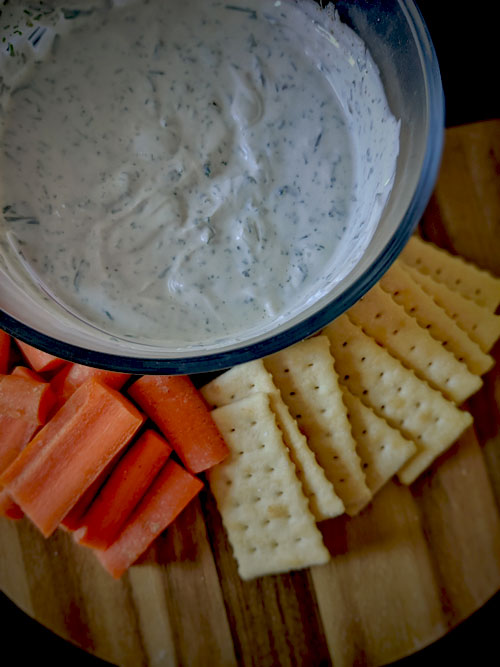
Ingredients:
- 12 wild onion scapes (no bulb) about 8-10 inches long
- Salt
- Pepper
- ½ tsp. dried dill
- ½ tsp. garlic powder
- 16 oz. sour cream OR Greek yogurt
- 1 tbsp. chopped fresh parsley
Using kitchen shears, cut the scapes into ¼” long pieces, trying to keep them all uniform in size. Place the onions in a small bowl and cover with enough salt to coat all of the onions. Mix until they are coated well and then let them sit for an hour. This will help bring the moisture from the scapes.
Shake off the excess salt and place the onion scapes on a parchment-lined baking sheet. Bake them in your oven or dehydrator at 170 degrees for 20 minutes. Check on them after 20 minutes to make sure they are crispy. They should snap in two when you try to bend them in half! If they aren’t done, put them back in the oven for 5-minute increments until they are crispy.
Once done, let them cool.
In a mixing bowl, add your sour cream, pepper to taste, dill, garlic powder, parsley and your onions. Mix well and cover. Refrigerate at least an hour. Serve with chips or fresh-cut veggies.
Know Before You Mow
If you want to enjoy the nutritional benefits of wild onions and wild garlic this year, hold off on the weed killer and wait a little longer before you mow. If you can’t do that, mow around that patch of wild onions and garlic. If your neighbors complain, make them some wild onion dip. The taste will win them over and the nutritional benefits will keep them coming back. Who knows? You may be the reason someone starts feeling better. Just don’t be surprised if they keep coming back for more.

